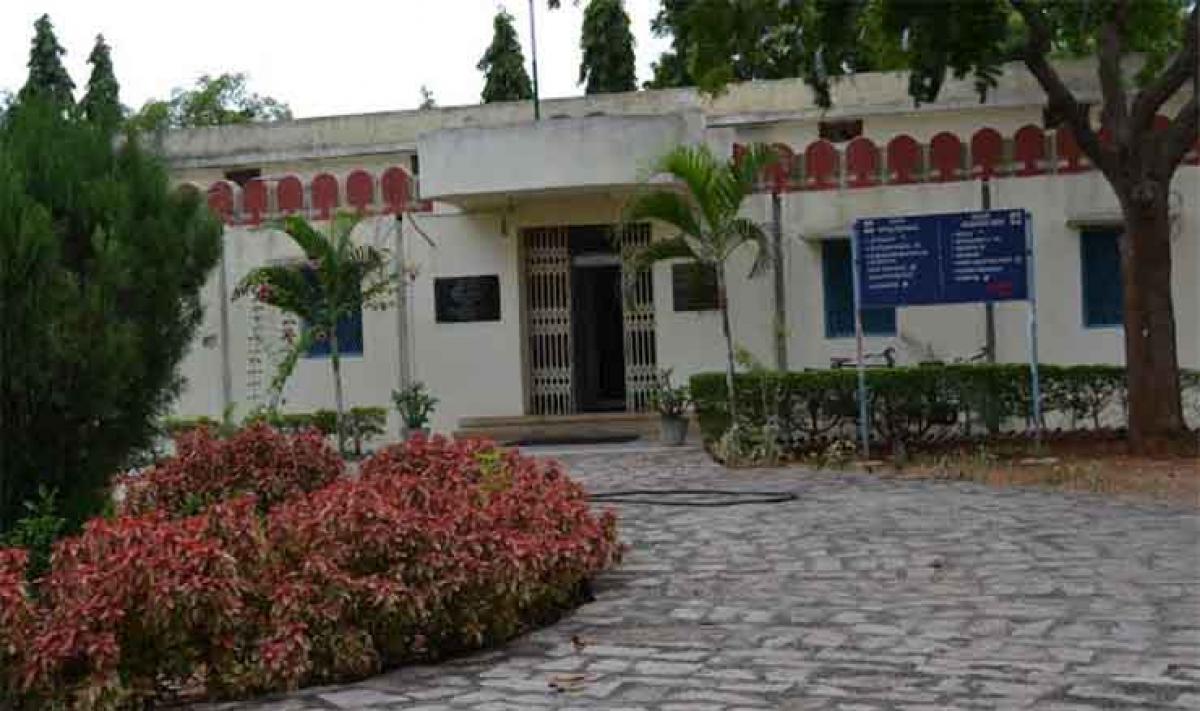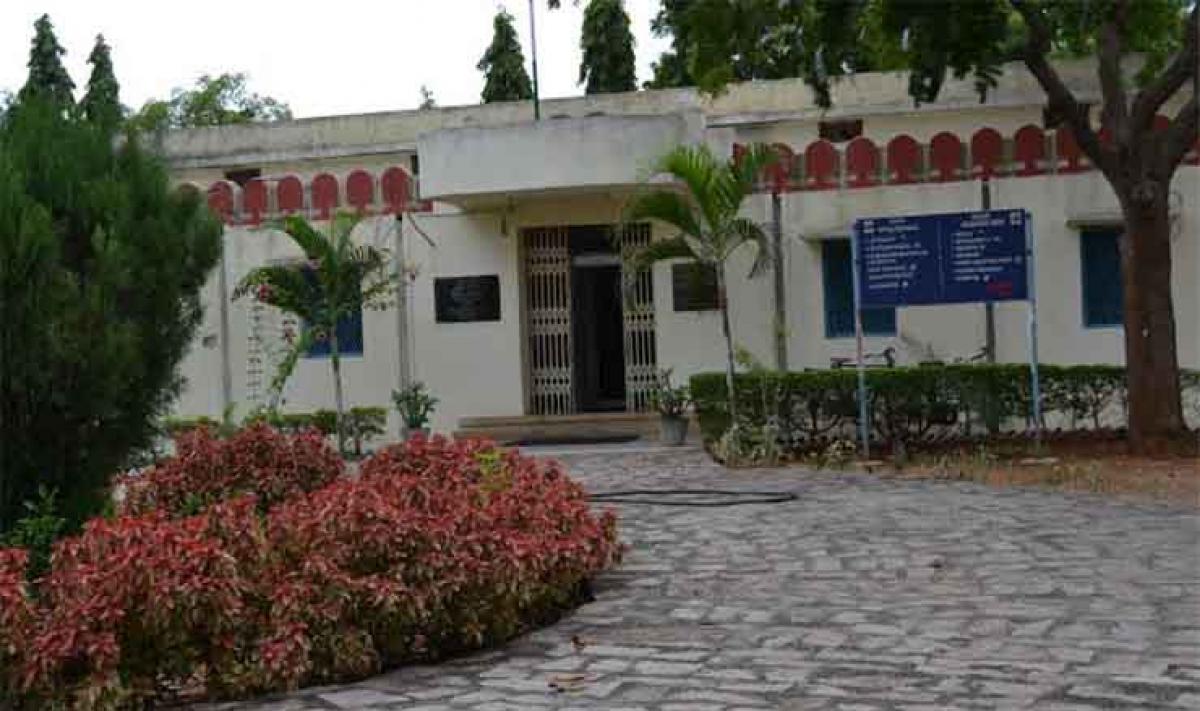Live
- Layering With Essentials Hoodie for Cozy and Chic Outfits
- Chanchalguda Jail Officials Say They Haven't Received Bail Papers Yet, Allu Arjun May Stay in Jail Tonight
- BJP leaders present evidence of illegal voters in Delhi, urge EC for swift action
- Exams will not be cancelled: BPSC chairman
- Nagesh Trophy: Karnataka, T.N win in Group A; Bihar, Rajasthan triumph in Group B
- YS Jagan condemns the arrest of Allu Arjun
- Economic and digital corridors to maritime connectivity, India and Italy building vision for future, says Italian Ambassador
- SMAT 2024: Patidar's heroics guide Madhya Pradesh to final after 13 years
- CCPA issues notices to 17 entities for violating direct selling rules
- Mamata expresses satisfaction over speedy conviction in minor girl rape-murder case
Just In

Kondapur, a sleepy village located just 15 kilometres from Sangareddy is an abode for the remains of a highly artistic life led by the people of the early historic period. The village has been known as the site where excavations have revealed a lot about the kind of life people lived during 200 AD.
Excavations at village point to a highly artistic life led by the people of a bygone era

- The museum came under the control of ASI in 1952
- It houses a rich collection of minor antiquities unearthed in the early 1940s
Sangareddy: Kondapur, a sleepy village located just 15 kilometres from Sangareddy is an abode for the remains of a highly artistic life led by the people of the early historic period. The village has been known as the site where excavations have revealed a lot about the kind of life people lived during 200 AD.
The museum of the Archaeological Survey of India located in Kondapur is sure to impress the history buffs. The museum is located on a small hillock about one kilometre south of the village of Kondapur. The exhibits from this museum were basically retrieved from an ancient mound locally known as Kotagadda (Fort Mound) located at a distance of one km east of the museum.
The site was first explored by the famous Archaeologist Henry Cousens in the early 1900s. Subsequently, the Department of Archaeology of the erstwhile Hyderabad State under the Nizam of Hyderabad excavated this mound for a couple of seasons from 1940.
A small museum was established with the excavated material over the ancient site itself which was later shifted to the present building. The museum came under the administrative control of Archaeological Survey of India in 1952.Medak district was once under the vast Mauryan Empire during the rule of Ashoka, followed by Satavahanas.
The archaeological excavations conducted at Kondapur village yielded several ruins of Buddhist monasteries and coins of Satavahanas dynasty. The Archaeological Museum at Kondapur houses a rich collection of minor antiquities unearthed from the digs of 1940-1942. The museum has a Central hall and two more galleries in enclosed corridors.
It also contains early historic pottery with religious symbols and ornamental designs. There is painted pottery that was painted using a paste of ‘kaoline’. Also, inscribed pottery, roulette pottery, sprouts, polished red-ware and iron riveted pottery were present at the museum.
The excavations also revealed figurines of ‘Matru Devata’, locally known as Lajja-Gauri, whose cult continued till the 800 AD. In the museum, terracotta figurines, clay pendants, beads, bangles, copper objects, talismans, dice made of bones, which portray the artistic genius of the people from that era are displayed.
There are also stones with Roman Emperor’s face inscribed on them, lead objects, bone handles, bone styluses, copper coins of Satavahana dynasty, lead coins, sharpening stones, perforated tiles and large sized bricks for the visitors to see. There are also pre-historic stone tools (neoliths and microliths), fossils and iron implements exhibited.
Apart from these objects, a couple of sculptures, a Buddhapada, a standing image of four handed Vishnu carved on a door jamb, decorated pillars, Dvarapalaka sculpture and two inscribed storage jars are other attractive pieces in this gallery. To sum it up, Kondapur museum would be an absolute feast for history buffs.

© 2024 Hyderabad Media House Limited/The Hans India. All rights reserved. Powered by hocalwire.com







